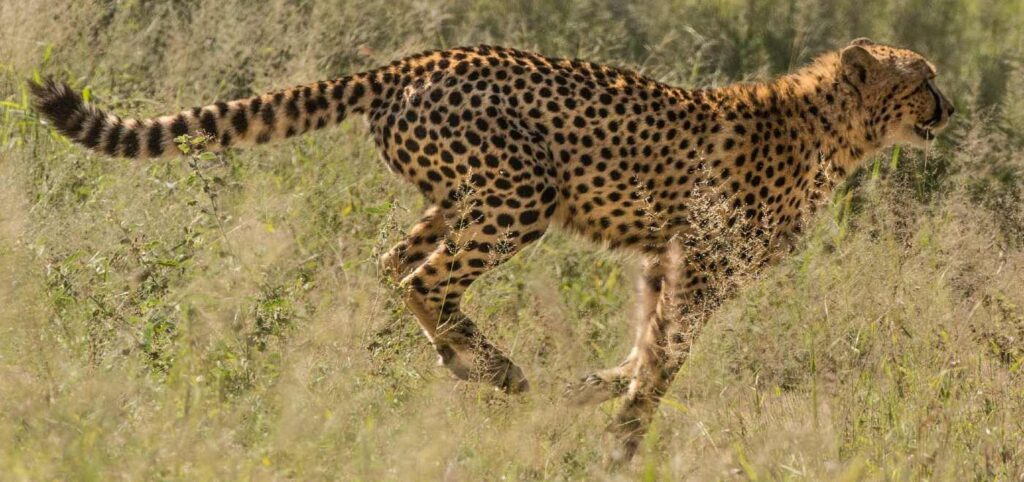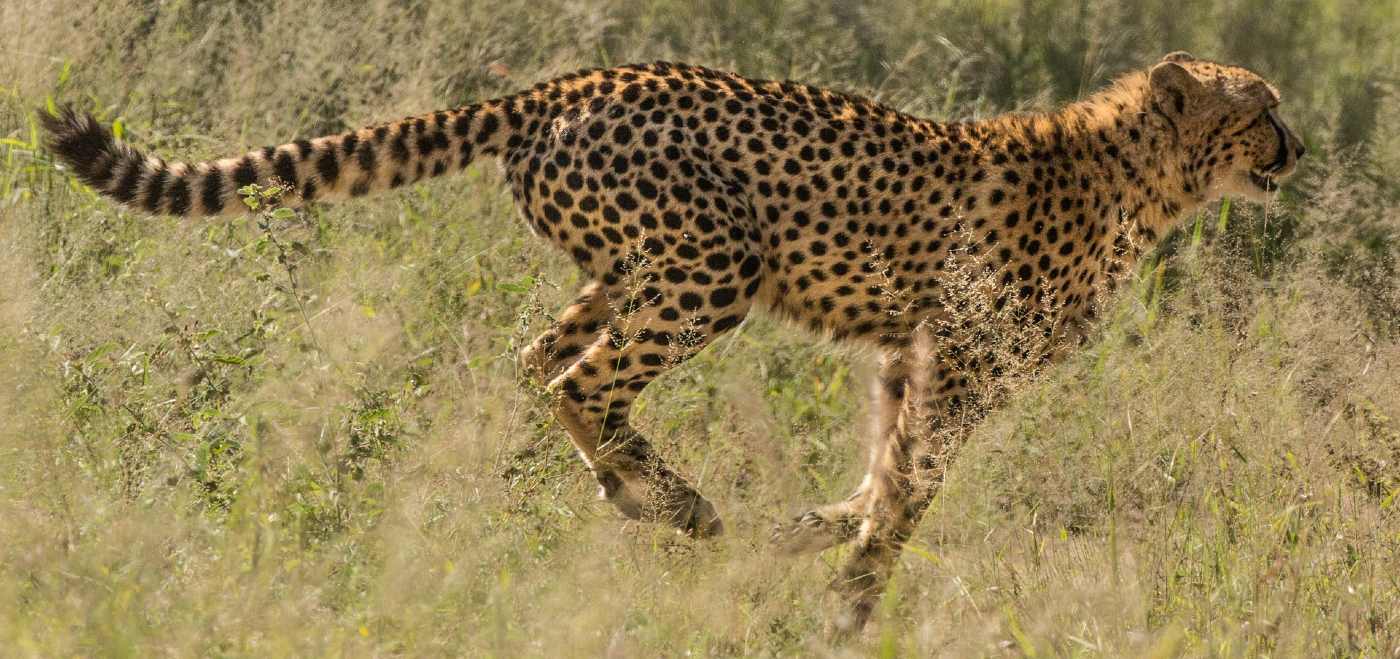A team of experts from South Africa and Namibia are helping to relocate a population of cheetahs to India in an ambitious restoration program that just got the go-ahead.

It would be the first time ever that a major predator was moved inter-continentally to reestablish a population where it had once been, and India is working hard to make sure it goes well.
The majestic cheetah, iconic of the African bush, once roamed an area from the steppes of Turkey all the way to the dry forests and grasslands of India’s western and central regions.
Now critically endangered, perhaps fewer than 50 Asiatic cheetahs are alive today, and are found only in Iran, with Indian monarchs hunting the animal to extinction in the subcontinent by the 1950s. 20 years later, a significant reintroduction effort was made with the Asiatic cheetah from Iran, but successes never materialized.
“Indira Gandhi was very keen on bringing back the cheetah,” said Dr. M. K. Ranjitsinh, to the Indian Express. “The negotiations went well and Iran promised us the cheetah, but our potential release sites needed to be upgraded with an increase in prey base and greater protection. Moreover, during the process, the Emergency was declared in the country and soon after the Shah of Iran fell.”
“As a flagship species, the conservation of the cheetah will revive grasslands and its biomes and habitat, much like Project Tiger has done for forests and all the species that have seen their numbers go up,” he added.
Chair of the Wildlife Trust of India, and former Director for Wildlife of the Indian Government—essentially the Indian version of David Attenborough—Ranjitsinh is working with a national private-public-non-profit team that’s assessing and building a comprehensive plan for the arrival of the spotted sprinter.
Hope for grasslands
Ranjitsinh explains how the forests of India receive an enormous amount of conservation support, while the grasslands, subject to clearance for decades because of a strong focus on agriculture, get very little.
LOOK: McDonalds is Turning Dozens of Roadside Billboards into ’Bee Hotels’ in Sweden
In fact, many of the animals that make their home among India’s forests and grasslands, such as the Chital deer, evolved to escape cheetahs. Furthermore, often the species that are under the strictest national protection are actually animals of the plains, that merely wander into the forests occasionally, or who have had their grassland homes replaced with forests to make room for tigers and leopards.
Ideally, the reintroduction program will involve the transfer about 35-40 animals from the two African nations to between four and five sites to ensure natural disasters or poaching can’t ruin the project all at once.
MORE: Top 10 Species Discovered in 2020 Include a Harry Potter Snake and Desert-Dwelling Broccoli
Six sites are being considered for the reintroduction program. The first four, Kuno and Madhav National Parks, and Gandhi Sagar and Nauradehi Wildlife Sanctuaries, are in the state of Madhya Pradesh. Mukundara Hills Tiger Reserve and Shergarh Wildlife Sanctuary are also being considered—both of which are located in the state of Rajasthan, in which the Taj Mahal can also be found.
MOVE FAST—Share The Groundbreaking Good News With Friends…




















